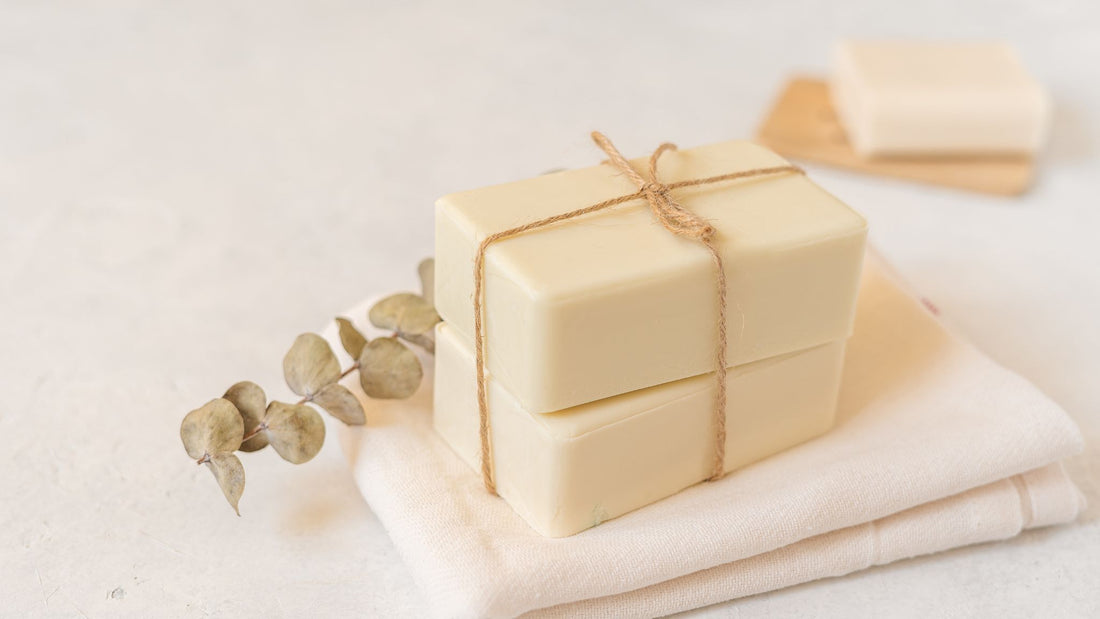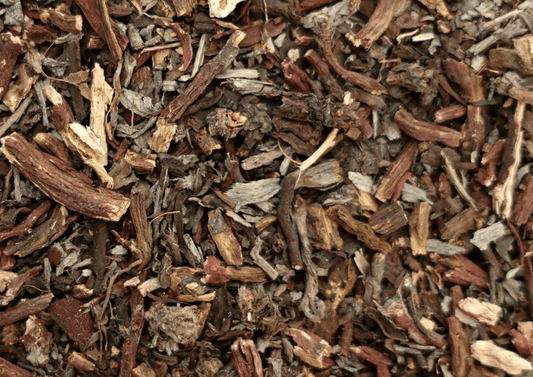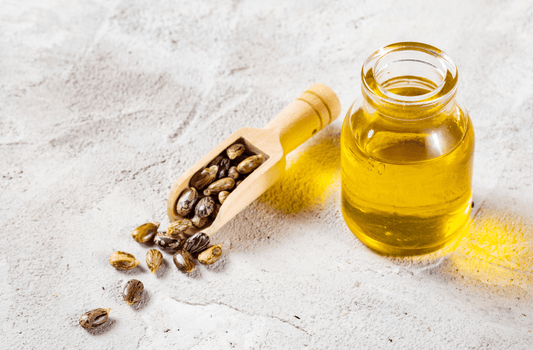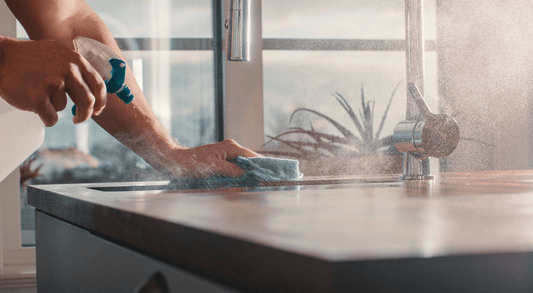If you love making everyday cosmetics the traditional way, then this simple tallow soap recipe is perfect for you!
Beef tallow is a traditional ingredient that has been used for centuries in soap making. Pure tallow is a great ingredient for soap making because it creates a hard, long-lasting bar with a creamy lather.
In this tallow soap recipe, we will be using tallow as the main fat, along with other oils to create a nourishing and moisturising bar of soap.
We have also chosen to use our pure essential oils, lemongrass and rosemary, to add some fragrance to our tallow soap recipe. However, you can leave the soap unscented without any essential oils to make the tallow soap even more gentle for sensitive skin.
Read on to make your own soap with our pure beef tallow!

What is beef tallow?
Beef tallow is white in colour and has a solid, oily consistency (similar to coconut oil). It has a neutral scent and a waxy texture. Tallow melts at around 38°C to 48°C and becomes golden liquid.
Tallow is the fat rendered from beef. Our beef tallow is sustainably produced as it is a by product of the meat industry.
In soap making recipes today, most soap recipes use vegetable oils and natural butters. However, beef fat was an essential ingredient in a traditional soap recipe.
Why make tallow soap?
When making soap with pure beef tallow, it adds hardness to the soap bar. It also creates a creamy and conditioning bar.
Beef tallow has amazing moisturizing properties in soaps. Pure tallow soap is often preferred by those with sensitive skin or skin irritation, as it is gentle and soothing.
Making homemade soap allows you to control the ingredients and customize the soap recipe to your preferences, such as adding essential oils or fragrance oils.
Let's have a go at our pure tallow soap recipe...
This beef tallow soap recipe makes 9-10 bars of soap
Ingredients:
- Beef Tallow 240g
- Coconut Oil 240g
- Olive Oil 280g
- Castor Oil 40g
- Water 240g
- Sodium Hydroxide/ Lye 114g
- Rosemary Essential Oil 16g
- Lemongrass Essential Oil 8g
Equipment:
To make our pure tallow soap recipe, you will need:
- Gloves
- Goggles
- Digital scales
- Digital thermometer
- Stick blender
- Soap mould or DIY alternative
- Silicone spatula
- Microwave safe bowl
- Plastic measuring cup, ideally 2x 1L and 1x 2L

Method:
1. Make the sodium hydroxide solution
- Put your gloves and safety glasses on.
- Open the window, the fumes will be unpleasant.
- Weigh the distilled water into a jug or bowl.
- In a separate bowl, weigh the sodium hydroxide.
- Slowly pour the lye into the water, not the other way around.
- Mix well until combined.
- Leave the lye water to cool down, it will be hot.

2. Weigh out the oils
- Weigh the beef tallow, coconut oil, olive oil and castor oil.
- Heat all the oils into a pan until fully liquid.
- Mix together and leave to cool.
- In a separate jug, measure the lemongrass and rosemary essential oils.

4. Check the temperatures
- Test the temperature of the melted tallow and melted oils mixture, they should be between 35C and 40C.
- Reheat them or leave them to cool more if necessary.
- Test the temperature of the lye water, it should be between 25C and 40C.
- Leave to cool if necessary, but don't reheat the lye solution if it's too cool. Just heat the oils a little more to compensate.
- When the temperatures are right, add the lye water to the oil mixture.

5. Blend until trace
- With an immersion blender, mix the soap mixture to combine the oils and lye solution.
- Watch for the soap mixture starting to thicken.
- Test for a light trace by dripping soap batter on the surface of the soap mixture. If the drips sit on the surface then your mixture has reached trace.
- When your soap has reached a light trace, add essential oils blend.
- Mix and blend with a stick blender or spatula until combined.

6. Pour into moulds
- Pour the soap mixture into your soap mold (explore our silicone soap mould collection)
- Tap the soap mold to get rid of air bubbles.
- Decorate the top with a spatula or spoon.
- Leave on a flat surface for 48 hours before unmoulding.

7. Unmould and cure
- Unmould the tallow soap and cut into even sized soap bars.
- Put the solid soap bars with gaps in between them, and let the soap cure for 4-6 weeks.
Continue reading
Now you've tried our tallow soap recipe, why not try some more soap recipes
- Want to try a new homemade soap recipe with coconut oil? Have a go at our hot process coconut oil soap recipe!
- Learn more about our essential oils with our lemon essential oil for skin blog!
- Want to try some shea butter cold process soap recipes? Try this simple soap recipe using natural shea butter!
How did your tallow cold process soap come out? Comment below and let us know!



